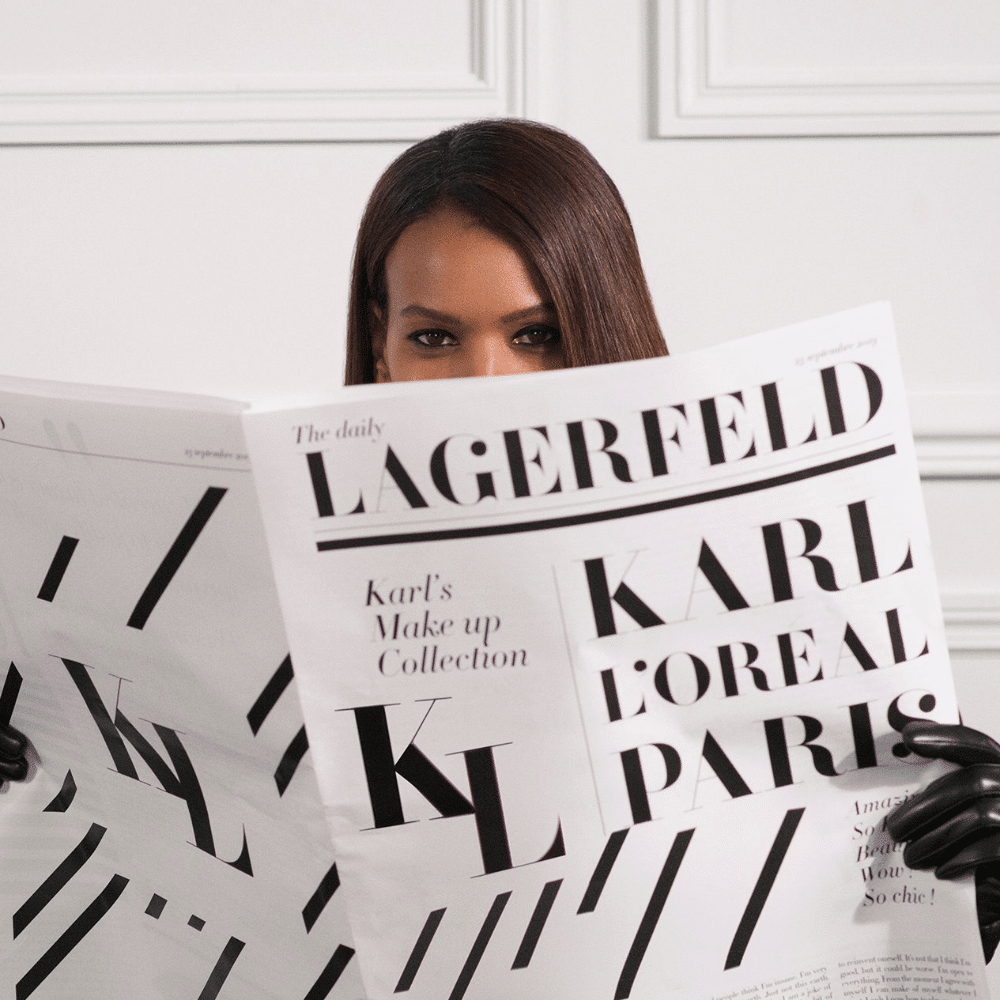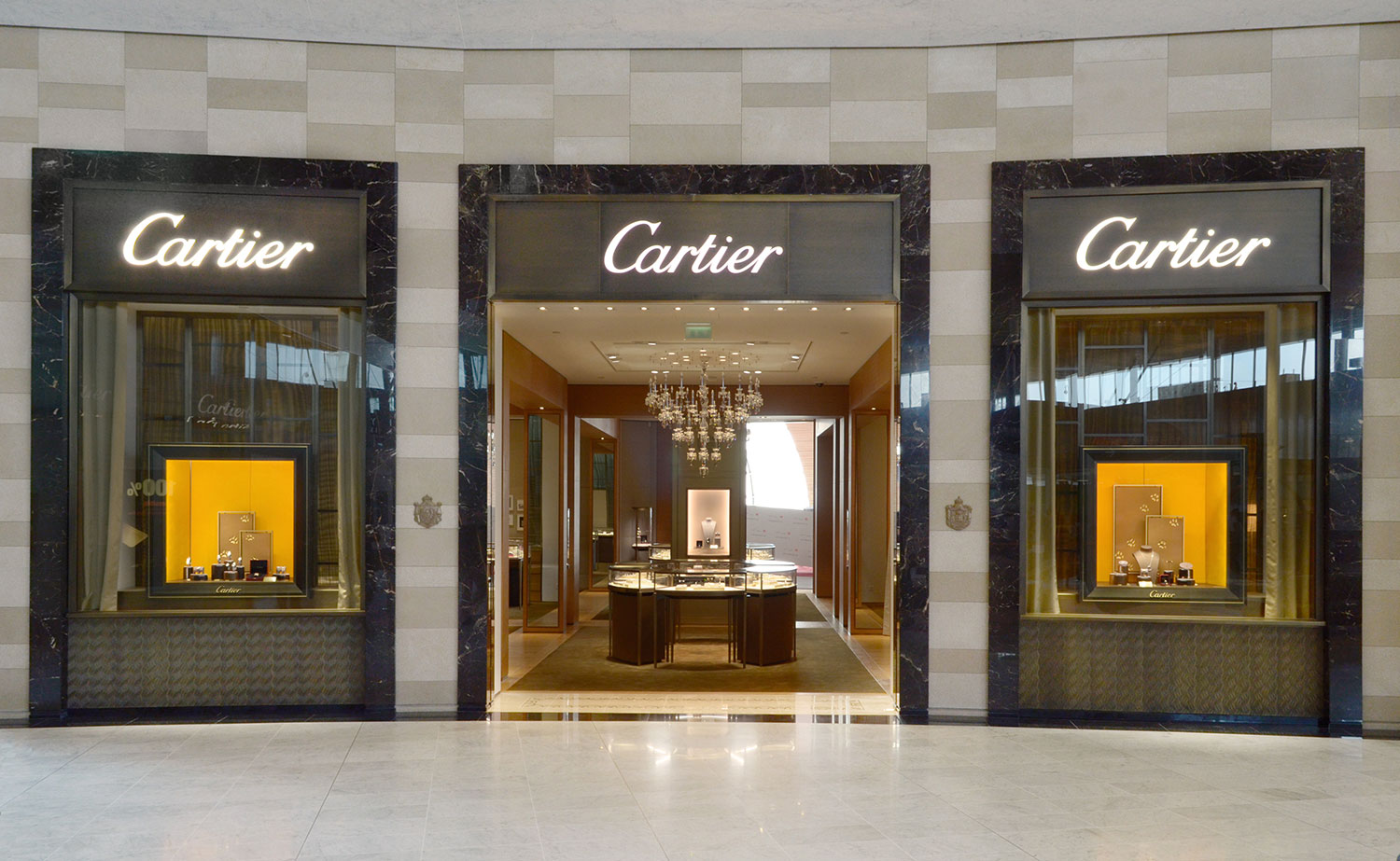[vc_row njt-role-user-roles=”administrator,armember”][vc_column][vc_column_text]
French giant l’Oréal posted the strongest rise in the CAC 40 at midday on Wednesday 25 November. Analysis of a resilient business model of the cosmetics group, which is one of the most profitable to its shareholders.
While the Paris stock market is slowly recovering from its dark days, French giant L’Oréal posted the strongest rise in the CAC 40 at midday on November 25. Indeed, the world leader in cosmetic products, founded in 1909, rebounded by +2.23% to €302.50.
The l’Oréal group is made up of 5 branches, generating 29.9 billion euros in sales: skincare accounts for 35%, make-up for 26%, hair care for 15%, hair coloring for 10%, and fragrances for 9%.
The l’Oréal group’s business model is based on five pillars essential to its development: research and development are worth around 1 billion euros, with innovation contributing 15% of annual sales, the release of new products every year, positioning in premium products, leading national and international brands, and with a focus on e-commerce.
Its financial structure is very balanced, with a net cash position of 2.4 billion euros, resulting in a distribution of nearly 55%, for a dividend of 4.25 euros, as well as significant share acquisitions.
The brand’s capital is characterized by the strong positions of the Bettancourt and Meyers families, which hold 33.13%, as well as Nestlé, which owns 23.17%. The French State holds 0.53%, with a 15-member Board of Directors chaired by Jean-Paul Agon, who is also Chief Executive Officer.
What are the stakes for l’Oréal?
L’Oréal‘s annual growth in the global beauty market has averaged more than 5% for the past ten years, driven by the enrichment of populations in emerging countries and their aging in the OECD. The cosmetics group ranks 15th in the world, behind the American, Chinese and Russian multinationals.
Its acquisition policy is focused primarily on small acquisitions, such as Mugler and Azzaro perfumes, which were acquired at the end of March 2020, but still with strong potential. These acquisitions are developed through heavy investments in marketing.
Last spring, L’Oréal refused the support of the French government to cope with the drop in business due to the confinement, thus ensuring total freedom of action in terms of dividends.
Innovation strategy
The l’Oréal group is banking heavily on its innovation strategy, aspiring to become the leader in Beauty Tech. This translates into investments in research and innovation, with around 500 patents filed each year by 21 research centers.
The brand is very much focused on digital, and with good reason: 1/5th of L’Oréal‘s revenues come from digital. This is reinforced by acquisitions such as ModiFace, a leader in augmented reality and artificial intelligence, or by certain equity investments in start-ups with the BOLD fund and the partnership with GAFAM, the Chinese giant Alibaba and Tencent.
Environmental strategy
On the environmental front, L’Oréal presented its “Sharing Beauty with All” plan, which was welcomed by the extra-financial rating agencies. The strategy consists of 3 objectives: innovation, production and sustainable consumption.
In particular, the brand aims to achieve carbon neutrality for all sites by 2025. A SPOT assessment of the environmental impact of products and the zero deforestation policy has been conducted since 2014.
What happens afterward?
After proving that its business model is resilient, and has imposed its leadership in cosmetics, what remains to be done for L’Oréal?
The general meeting that will decide on the dividend and its payment date will have to meet on June 30, after having been postponed due to the health crisis linked to Covid-19 viagra generika schweiz rezeptfrei.
With the announcements by Japan’s Shiseido and America’s Estee Lauder, as well as the long-term evolution of its stake (8% in Sanofi), the brand’s stock market situation seems to be on the right track to remain competitive.
After a 5% decline in revenues in the first quarter, offset by the increase in digital sales and cosmetics sales, supported by the maintenance of the pharmaceutical network, certain uncertainties remain regarding 2020, particularly in the luxury segment and professional products, with the closure of hair and beauty salons following the containment measures. There is a lack of guidance in terms of figures in the annual objectives.
Despite the year 2020 complicated by the health context, the results are satisfactory for L’Oréal, which continues to dominate the global cosmetics market, thanks to its strategies that have so far proven their effectiveness. And the French cosmetics giant does not intend to stop there and hopes to continue to grow in the years to come.
Read also > WHY DID THE MAJOR LUXURY BRANDS RAISE THEIR PRICES DURING THE HEALTH CRISIS
Featured Photo : © Getty Images[/vc_column_text][/vc_column][/vc_row]








